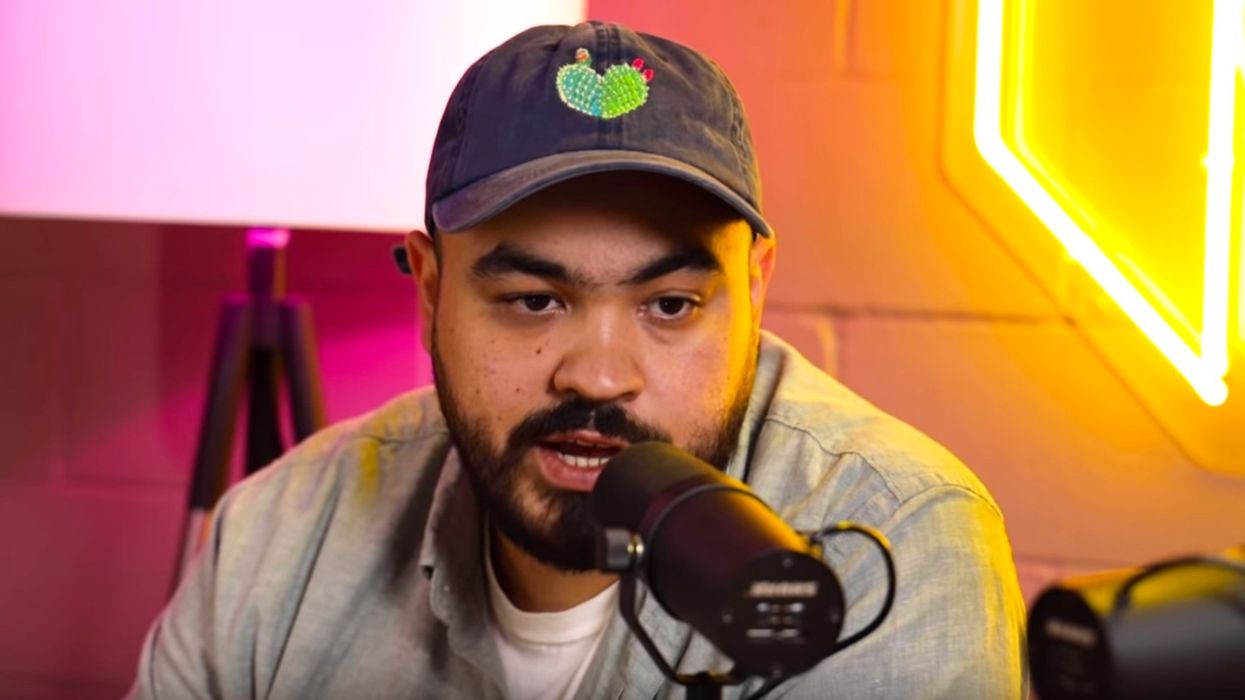Recently, Indy Mogul sat down with Moses Israel for a video breaking down the basics of producing. The team has previously covered things like budgeting for music videos, but here they walk the audience through planning for a three-scene short film.
Watch the comprehensive video below. They begin with planning a two-week prep period for a one-location scene. Let's dig in!
What are the first steps?
You'll want to create a scene breakdown. This will be based on the script, obviously, and you could create a day out of days or a stripboard.
Consider elements like:
- Location, and whether you'll need a permit
- Main talent, which will require a casting director
- Background actors, also requiring a casting director
- Props that the production designer will need to secure
- Wardrobe that the costume designer will need to provide
- The lighting, and anything needed for special cues (like a DMX controller)
- What kinds of lenses and cameras will you use? Maybe anamorphic?
Hold a production meeting
All your department heads should be at a production meeting, as well as key team members like the director, first assistant director, and the cinematographer. You'll run through the shooting schedule. Don't forget you have to feed your crew every six hours.
Scout your location
Those key department heads will join you on the location scout. The gaffer and key grip will also attend in order for them to begin planning their lighting setup with the DP. As the producer, on a scout you should be thinking logistically about things like:
- Parking and bathrooms
- Staging and where crew will be able to stash things so they are off-camera
- Crafty
- Safety
Finalize your shooting schedule
Your shooting schedule dictates how the day will go. You will likely be shooting out of order. For instance, you might do all the dialogue before lunch, and B-roll later in the day.
Finalize your crew and cast
In this scenario, after a week of planning, you should know exactly who you need to achieve your vision. Each department will hire the team members and send offers to work on the project.
You can also pick your cast members now.
Hold another production meeting and check in with departments
At the start of the second week, touch base with all your team leaders. Get any film permits you need. Cast should be fitted for wardrobe. Hold rehearsals and camera tests. Secure your set dressing. Make sure you have generators for lighting setups.
As a producer, you might take care of set basics like:
- Walkie talkies
- Chairs
- Tables
- Coolers
- Tents
- Wardrobe racks
- Carts
- Printer and paper
What if you have more complicated scenes?
They also look at adding a pool scene. They suggest pulling over the extras from the previous scene. You have to add a medicto your crew because of the pool, and you have to think about keeping the actors warm whenever they exit the pool. You also have an entirely new set of costumes.
For this outdoor setting, you'll need different lighting and diffusion, so you have to communicate with your department heads so they can update their vendor lists. And, let's say you add a third night scene with dancing in yet another location -- again, you need to think location scouting and logistics. You'll need a permit to lock down the public street. Due to the location, you'll need Port-A-Potties and a production trailer. Also, the production will require different lighting and camera equipment like a technocrane.
If you have a generator, you'll also need a fire marshal. If dancing is involved, you need a choreographer. You might be able to shoot this the same day as your pool scene, otherwise you'll have to add another day.
Whatever you do, know that the more you add, the more expensive your project will be.
What's next? Check out more producing tips
Wanna spend $100 on cinematography? Or are you really trying to make a no-budget project? If so, here's how to plan for a micro-budget film. We've also got the ultimate guide to location scouting!
Source: Indy Mogul













